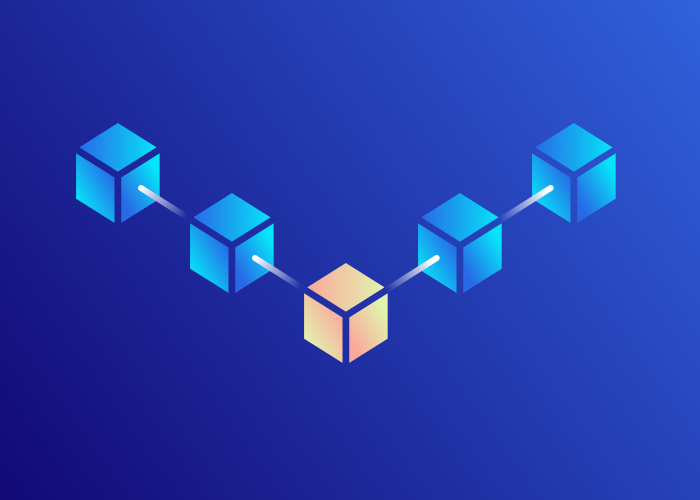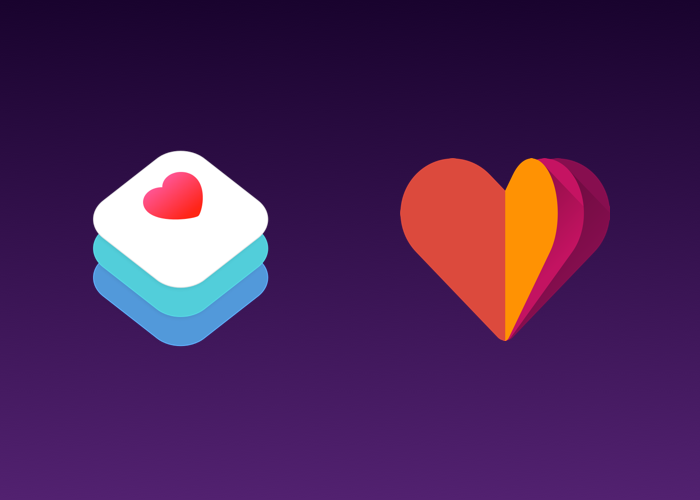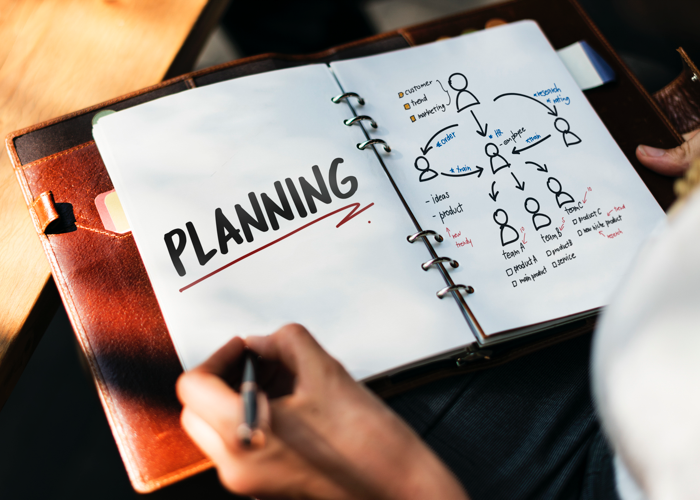
Discovery stage (1st part)
First phase: Discovery stage
Analysis, design and specs development
What is that the mobile app development project, web service or any other IT solution start with?
First and foremost the customer and the service provider should compare and coordinate on an at least approximate vision of the future project, its targets, and objectives, and also designate budget and timeline frames.
To get a preliminary quote calculation, you can inquire with our sales department (more by this link “Preliminary project estimate”).
So, if you already have the understanding of the project's aims and objectives, if the timeline and budget frames are defined and the team ready to begin development process is there, it possible to start the implementation of the first stage. Product’s “look”, its specifications, technologies, advantages, and differences if compared to competitors… all this the development team, in concordance with the client, decides during the first or discovery stage.
Discovery stage
What is it? Why does one need it?
Putting in a nutshell, this is the stage of project analysis and design, selecting concept and development of technical documentation
The result of the work is the full project specification package, where all the functions and modules of the future system are described in detail and depicted schematically (as interactive wireframes). Basing on these materials, the elaborate and accurate project estimate and is done consequently and the iterations/sprints are planned. The iterations are planned for MVP (minimum viable product) and for the whole project.
Forming the team
Discovery stage is the first and very important phase of development. It is crucial that the project team have high technical and engineering skills, had sufficient experience in the development and was able to delve into the subject of the customer as deeply as possible.
It is impossible to be an expert in various spheres of business activity. Therefore, it is very important that the client has quality feedback. It is also impactful to choose dedicated people responsible for the project, able to answer all questions from the developers and accompany the development during this and following stages.
In our practice, there have been times when people responsible for the project on the client’s side moved to our city and visited our office daily throughout the entirety of the first stage. In every possible way, we promote the approach, which results in effective cooperation between our and client’s specialists, in order to achieve the goals of your IT product.
On the part of the developer, specialists of a high professional level, who have experience with similar projects or with projects in related fields form a team for the "Analysis, design and specs development" stage.
The company's top technical staff: the technical director, the art director, and the technical managers of the directions used in the project participate in the design of the system.
In addition, at this stage, the project involves:
- Business Analyst - conducts an analysis of the business niche of the customer and competitors,
- project manager - coordinates, plans and organizes teamwork,
- UX designer - develops an interactive prototype interface.
It is mandatory for a QA specialist to participate at this stage. Participating in the design QA prepares the test cases for their subsequent coverage with the program code.
It is very important that as much as possible project details are worked out at this stage (before the actual development start). All communication between employees and the exchange of ideas is recorded. No idea will be forgotten or lost, everything will pass through the filter: agreed or rejected.

Analysis of the business niche of the customer and competitors
In the world market for IT products, there are hundreds of thousands of different solutions, the implementation experience of which can be very useful for the development of your particular project. In order to avoid the sad experience and choose the most effective, convenient and appropriate ways to implement the functionality, you need to explore the market of ready-made solutions and the work scope of your customer.
- Analysis of competitors. A very important part that allows to understand the vector of development of competitors and determine their strategy for development and marketing.
- SWOT (Strengths, Weaknesses Opportunities, Threats) analysis. Analysis of the pros and cons, risks and threats of the product. "Ice shower" for those wearing rose-tinted glasses - will sober exaggerated expectations from the launch of the product and will provide adequate product estimations and recommendations for its promotion and launch strategy.
- Analysis of the local and global market of the industry. Allows developers to make the right decisions in the subsequent development of UX solutions.
- Audience analysis. Expert analysis of the preferences of the target audience, developing a portrait of the user. Allows developers to make the right decisions in the subsequent development of UX solutions.
The data, as a result of the analysis, is recorded and becomes part of the project documentation package. Definition of the problems of business and the user This is included in the package of analytical data described in the previous paragraph. But, we need to dwell on it a little more, since it is very important in determining functional of the future solution.
Identification of business problems allows one to determine the goals and objectives of the product and based on them - the functionality.
In addition to the problems of business, we consider the problems that the user also faces. We prepare the data about it by selection of answers to a number of questions, for example:
- What are the pains and problems facing your users?
- What is specific to using your product?
- What degree of the user's willingness to solve problems through the functionality of your product?
- In what conditions will they use your product?
- Is it possible at the expense of the product functionality to solve all user’s problems and how?
The definition of the problems allows to compare the future functionality of the project with its goals, tasks and solving user problems to the maximum.
To be continued...




